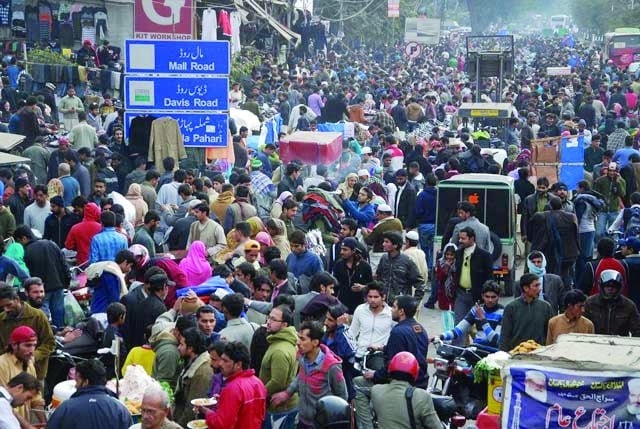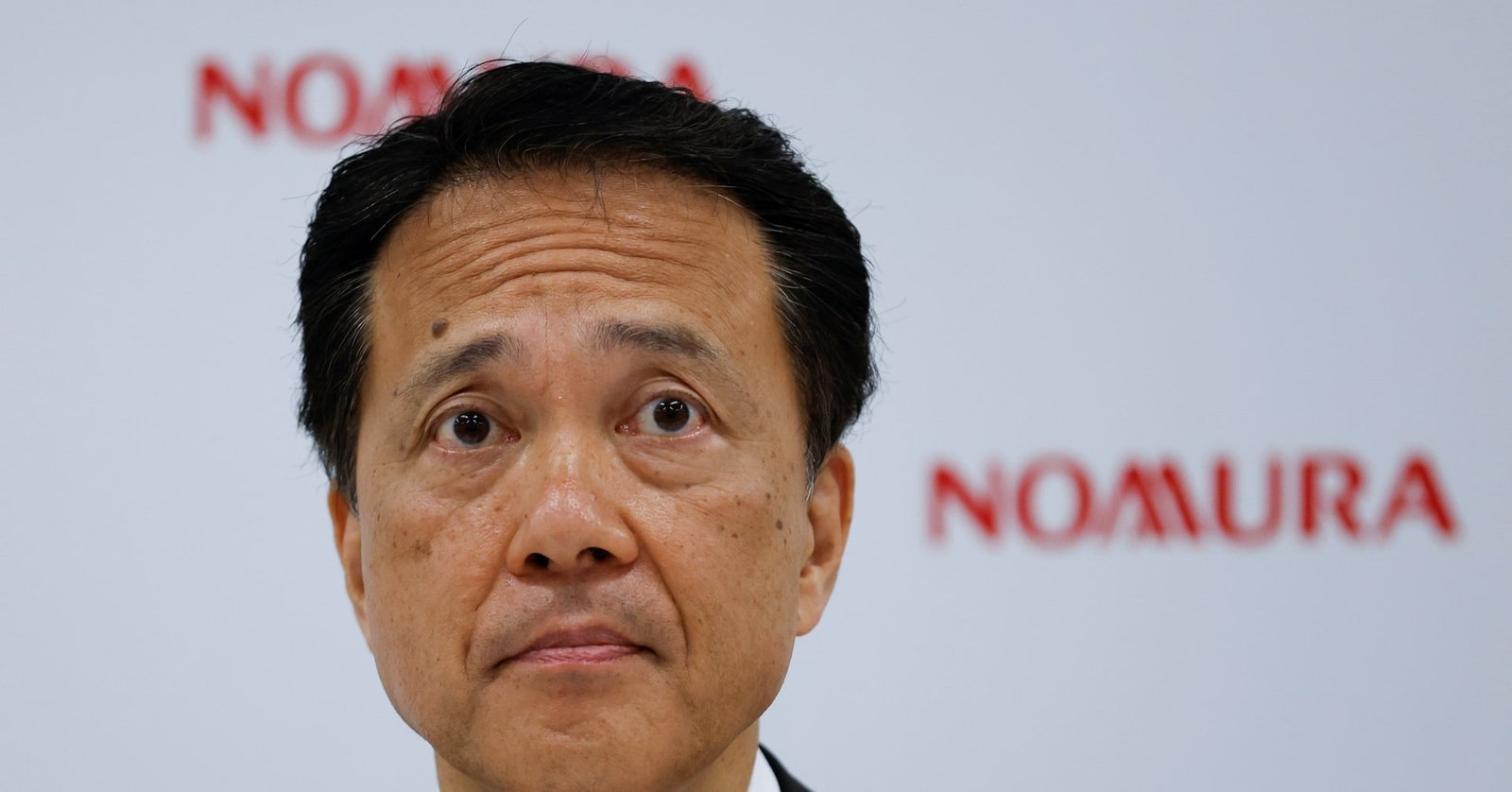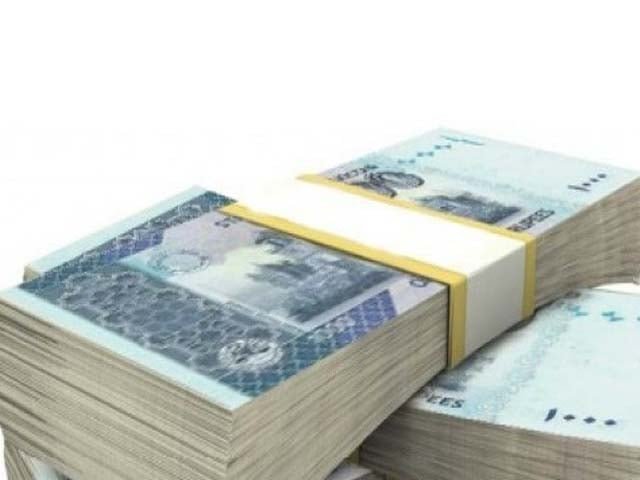Pakistan’s Economic Roadmap: A Five-Year Vision for Growth
Navigating the complexities of both domestic and global landscapes, Pakistan finds itself at a pivotal moment. The recently unveiled budget for fiscal year 2025-26 is a crucial step towards fiscal stability but highlights an urgent need for a well-rounded five-year economic policy. This strategy should not only tackle immediate challenges but also lay the foundation for long-term, inclusive growth.
This blog will outline an ideal economic roadmap for Pakistan over the next five years, building on the latest budget, the country’s existing economic structure, and the global political economy.
Key Features of the 2025-26 Budget
The latest budget indicates a strong intent to stabilize the economy, closely following the strict guidelines set by the new International Monetary Fund (IMF) program. It includes significant measures, such as increasing the tax-to-GDP ratio through new levies on salaried individuals, real estate, and retail sectors. While these initiatives are crucial for fiscal discipline, they need to be woven into a broader economic vision for the nation.
Global Influences and Opportunities
Pakistan’s economy is deeply reliant on imports for essential goods and exports to key markets like the EU and the United States, making it vulnerable to global economic shifts. Additionally, geopolitical issues in the region, particularly concerning Afghanistan and India, add layers of uncertainty that can deter foreign investment. However, the China-Pakistan Economic Corridor (CPEC) presents opportunities for infrastructure development, albeit with the need for prudent management of associated debt.
A Vision for Economic Sovereignty
An effective five-year economic policy for Pakistan should focus on achieving economic sovereignty through sustainable and inclusive growth. The government’s own "Uraan Pakistan" plan, emphasizing "Five Es": Exports, E-Pakistan, Equity and Empowerment, Environment, and Energy, offers a solid framework to build upon.
Immediate Priorities:
-
Fiscal Consolidation: While it’s essential to keep on track with fiscal measures, the focus should shift to incorporating untaxed sectors like agriculture and real estate into the tax base. A fair taxation system where the wealthy contribute their share is vital for social cohesion.
-
Expenditure Review: A thorough review of government spending is necessary to cut non-essential costs without compromising critical sectors like health and education.
- Empowered Monetary Policy: The State Bank of Pakistan (SBP) must operate independently to manage inflation effectively and maintain a stable exchange rate. A market-driven exchange rate is essential for promoting exports.
Moving Towards Export-Led Growth
To transition from an import-dependent to an export-led economy, Pakistan’s strategy should prioritize:
-
Diversification of Exports: Beyond textiles, promoting sectors like IT, pharmaceuticals, and high-value agriculture can unlock significant growth potential.
-
Business Environment: Improving the overall cost of doing business is crucial. This includes ensuring reliable energy supply, enhancing infrastructure, and streamlining regulations.
- New Trade Partnerships: Actively pursuing new markets and reinforcing existing trade relationships through strategic agreements will be pivotal for growth.
Investing in People and Inclusivity
No economic policy can succeed without investing in human capital. This entails:
-
Education Overhaul: Reforming the education system is critical. We need a workforce skilled for the 21st-century economy, focusing on vocational training.
-
Empowering Women: Increasing female participation in the workforce is not only a social justice issue but also a significant economic necessity.
-
Safe Work Environment: Creating supportive conditions for women can unleash immense economic potential.
- Social Support Programs: Expanding programs like the Benazir Income Support Programme (BISP) to protect vulnerable segments from economic shocks is essential.
Environmental and Energy Management
For a sustainable future, managing energy and environmental challenges is crucial. Effective policy should include:
-
Fighting Circular Debt: Measures such as rationalizing tariffs and improving governance in distribution companies are vital.
-
Renewable Energy Investment: A shift towards indigenous energy sources like solar and wind can lower import bills and contribute to environmental sustainability.
- Climate-Resilient Infrastructure: Investing in weather-resilient infrastructure and sustainable agriculture will help mitigate the economic impacts of climate change.
Conclusion
The next five years are critical for Pakistan to break free from its economic struggles. The path to prosperity involves difficult choices and a sustained commitment to a new economic paradigm. By embracing a comprehensive economic policy that balances fiscal discipline with growth-driven reforms, invests in its people, and responds to the realities of the global economy, Pakistan can move toward a more resilient and prosperous future.
The journey of a thousand miles begins with a single step, and for Pakistan, it is time to take that step with determination toward a brighter economic outlook.





